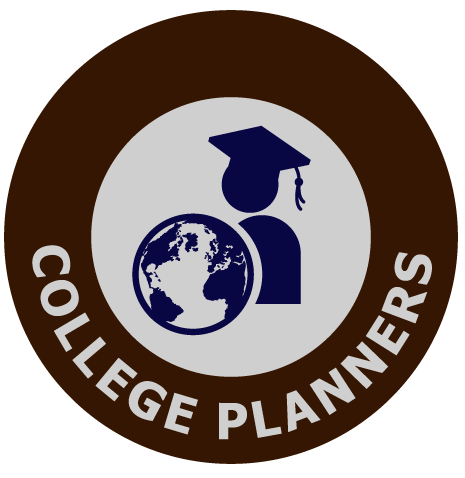
Educators today are trying harder than ever to diversify their teaching practices, using a variety of tools and materials, incorporating different learning styles, and also allowing students to have a voice in their learning. At the David C. Barrow Elementary School, we have a project which takes all these things into account.
As the media specialist, I created the annual “Barrow Peace Prize” project in collaboration with the 2nd grade classroom teachers and art teacher, where students from across all the second-grade sections pick six nominees from civil rights history and decide what attributes the winner must embody. I give research instruction utilizing many educational tech tools that the students incorporate into the project to develop a nominee that may win the Barrow Peace Prize. This recognition not only reaches the David C. Barrow student body, but the entries are voted on by people from all over the world, and the nominee with the most votes (and the students who researched them) is awarded the Barrow Peace Prize.
Here are three tools we use to make the Barrow Peace Prize project a reality.
PebbleGo is one of the databases our students use for research. It is designed for students in the grades K–2. It offers a quality base of facts about a variety of topics, which are broken down into manageable sections under each heading, making it easy for young researchers to find the information they’re looking for. PebbleGo also has a read-aloud feature, so every student can follow along, regardless of their reading ability.
Flipgrid is the video discussion platform that students use to record a video of themselves reading their persuasive essay. As each student records, their video is uploaded to a grid with videos from all of the other 2nd-grade students researching that same person. People from across the country—and the world—then vote on a winner. Some students are more introverted and don’t like sharing in front of the whole class, but by using a tool like Flipgrid, students are able to speak to just the iPad. This allows their voice to be heard in a way that it might not be heard in the classroom.
Tinkercad is the 3D design and printing app we use to design the peace prize. A small group of students is selected to design the prize that each student who researched the winning nominee will receive. I show them how to use the program and sit with them while they design to offer troubleshooting tips.
All these tools aid in the development of a project that gives students a global voice to showcase their individual strengths.
Some students are talented writers, so they shine in the persuasive writing. Some students are natural public speakers, so their talent lies in the presentation of their nominee. Other students love researching details and then enjoy sharing what they have researched.
Every student has a voice in the project, no matter if they are in general education, special education, gifted, English as a second language, or early-intervention programs. And those voices reach the world.
